Repair of the Vodomet submersible borehole pump: do-it-yourself troubleshooting
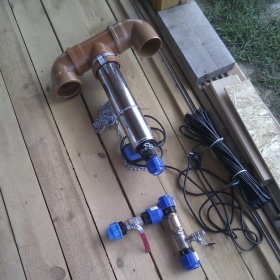
For a country house, the failure of a water pump means a daily trip with buckets to the well. The situation is complicated if water supply is arranged around the well at the site. Every trickle or kid can be repaired by every person who is more or less familiar with the equipment, but the Vodomet submersible pump is not so easy to fix. The consequence of unskilled repairs can be oil contamination of the well, which can only be removed by specialists.
If there is a Dzhileks service center nearby, of course, it is better to go there. But if there is no such possibility (the service center is far, there is no time), you will have to repair the Vodomet pump yourself.
What the pump consists of - we deal with the details
Well pumps "Vometomet", depending on the marking, have a different number of repeating stages. All internal parts can be divided into four types: impeller, glass, glass bottom and anti-friction washer. The first are made of white plastic. They are the same in size, outwardly resemble a mushroom - there is a leg and a hat.
"Glasses", of course, are cylinders made of black polyamide. One of them has a belt resting against a ring of white plastic. It is inserted by surprise closer to the motor in the pump housing. It is very difficult to remove it.
The bottom of the “glass” is a disk of the same material. In its center is a hole. They are inserted into the "glass" so as to form a double bottom.
Between the “glass” and the impeller, an anti-friction washer is put on the shaft, which prevents friction of the parts. When disassembling, white and blue are found. The latter are a little thinner.
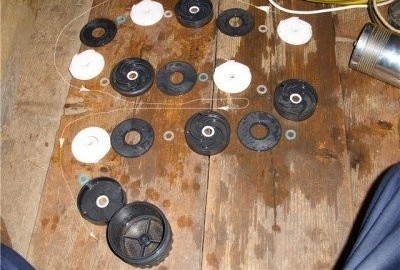
It is better to lay out all the details of the pumping part in the order in which they were installed (in the photo along the arrow). It is important not to confuse the top and bottom of the parts so that after assembly the pump pumps water. In different models of "Waterjet" the number of degrees is different
This whole mechanism works as follows: the engine rotates in the “cups” of the impeller between their own bottom and the removable bottom of the next one. The cylinders themselves do not spin, as they are sandwiched between a white plastic ring and a cover. With its unscrewing, the whole process of disassembling the deep-water pump "Vodomet" begins.
We disassemble the pump "Vodomet" on the example of model 60/52
Several models of Vodomet pumps are suitable for wells: if the static water level is not more than five meters, then these are models 60/32 and 150/30, and if it’s from five to twenty five, then 60/52 and 150/45.
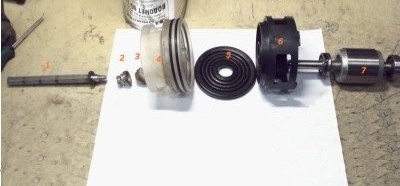
The pump must be disassembled carefully, numbering all the details along the way and recording the order in which they were installed
We will analyze the repair procedure using the example of the Vodomet 60/52 pump. We start by disassembling and removing all parts:
- Unscrew the cover with water intake holes. If you have to clamp the case in a vice, you need to do this carefully, as inside it is hollow. It is better to put thick rubber on all sides;
- We disassemble the pumping part (washers, “glasses” with a bottom, an impeller and everything else). All parts removed from the shaft must be carefully laid out so that they can then be installed in the same order;
- We take out the retaining ring (white plastic) and the engine from the outer “glass”. To do this, the pump is placed vertically on a table in which a hole for the shaft is provided. On the top fitting cover, you do not have to hit it very hard with a rubber mallet so that the engine slightly moves the ring out of place. Trying to pull it through the thread is not worth it, it still will not work. Then we place the pump horizontally, pull the cable a little and pull the motor back. Next, on the one hand, you need to rest against the white ring with a long screwdriver and hit it so that it moves a few degrees. We unfold it with our hands across the pipe and remove it from the body. In the same direction you need to remove the engine;
- Remove the cover of the compartment in which the wires are located. It is held by two sealing rubber bands. We put the engine on its side and, using a wide screwdriver and a rubber mallet, carefully knock it out in a circle.

Only non-toxic oil can be poured into the pump motor so as not to poison the water in the well in the event of an accident. Glycerin is usually used. Only 0.5 liters is enough to replace
Only biologically safe oil can be poured into the engine. This is usually glycerin. The use of engine oils is strictly prohibited. In addition to the usual oil film, once in the well, it may make the water unsuitable for further use.
Malfunctions that are not written in the passport
The pump passport outlines the main malfunctions, their causes and solutions. However, in most cases it is recommended to contact a service center. In addition to the breakdowns described in the accompanying documentation, experts call two more, most often found:
- when you turn on the pump does not pump water, but its faint humming is heard;
- the included "Water Mortar" does not make any sounds, but beats an electric shock.
The first group of signs suggests that the covers between the steps and the impellers have completely erased. The pump will not work. It must be disassembled and replaced with worn impellers and covers. In the second case, it is a malfunction of the capacitor. It is most likely caused by water entering through the cable entry into the condenser compartment. A defective part must be replaced in any case.
And something else. You can try to order all the necessary details either at service centers or directly at the manufacturer. In the latter case, their cost will be minimal.
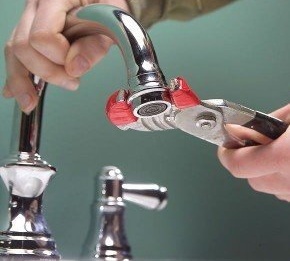

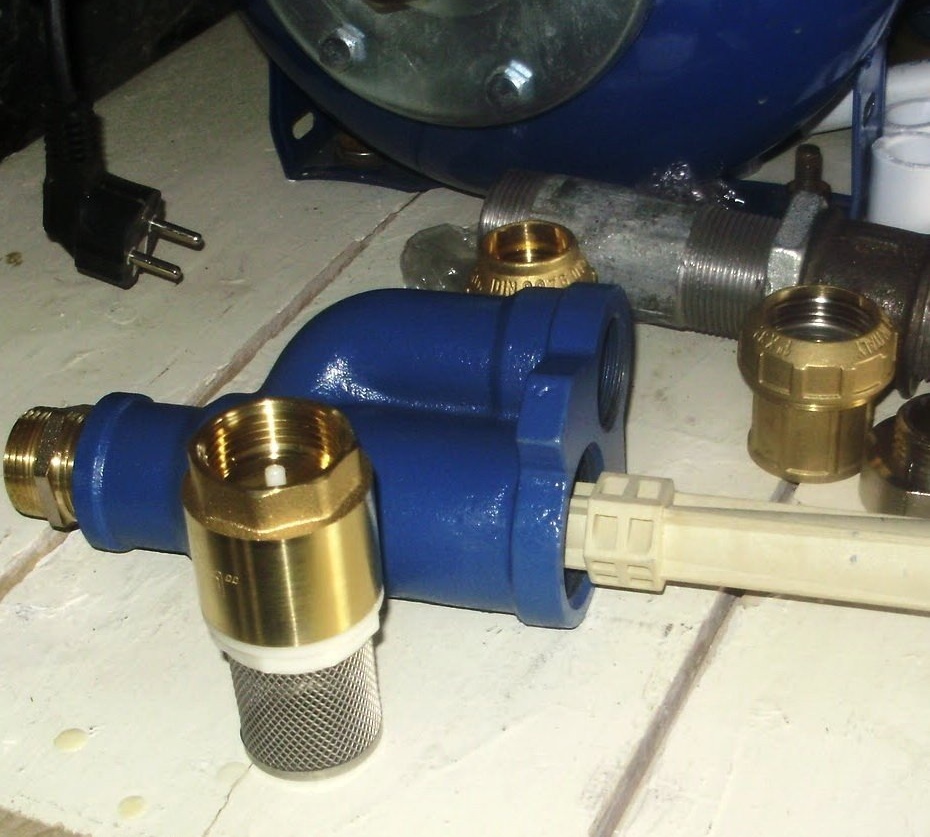
17 comments